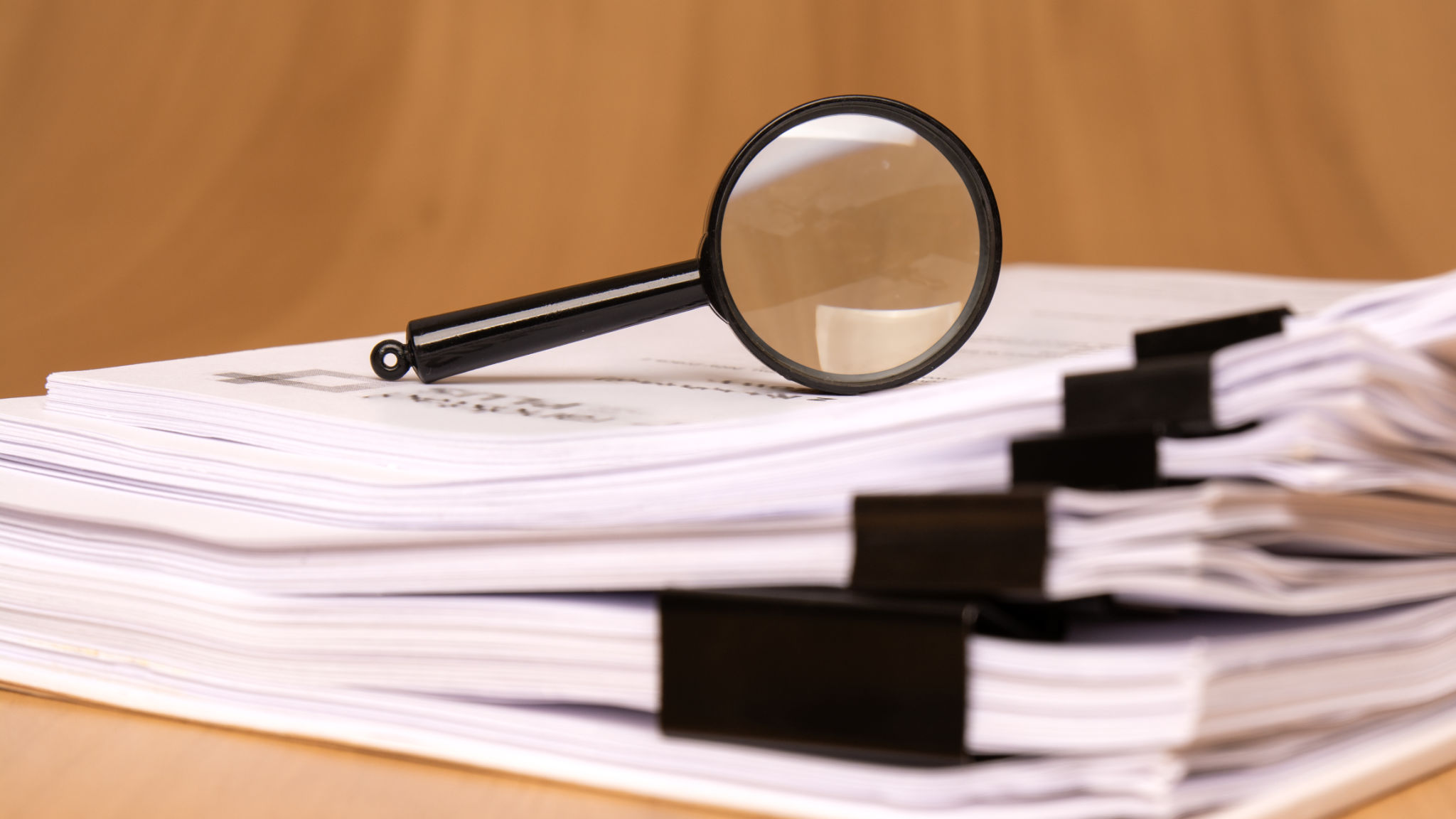How to Validate Medical Equipment: Ensuring Safety and Compliance
Understanding the Importance of Validation
Validating medical equipment is a critical aspect of ensuring patient safety and maintaining compliance with regulatory standards. Proper validation not only guarantees that equipment functions as intended but also helps in identifying potential risks before they impact patient care. This process is essential for manufacturers, healthcare providers, and regulatory bodies alike.

Regulatory Guidelines and Standards
Several regulatory bodies, such as the FDA and ISO, have established guidelines for medical equipment validation. These regulations are designed to ensure that devices meet safety and performance standards. Compliance with these regulations is mandatory, and failure to adhere can result in severe consequences, including legal action and financial penalties.
Key Regulations to Consider
When validating medical equipment, it's crucial to consider the specific regulations that apply to your device. Key standards often include:
- FDA's Quality System Regulation (QSR)
- ISO 13485 for quality management systems
- IEC 60601 for electrical medical equipment safety
Steps in the Validation Process
The validation process typically involves several stages, each designed to ensure comprehensive evaluation of the equipment. These stages include:
- Planning: Define validation requirements and create a validation plan.
- Testing: Conduct tests to verify that equipment meets specifications.
- Documentation: Record all findings and ensure transparency.

Conducting Risk Assessments
Risk assessments play a vital role in the validation process. They help identify potential hazards and assess the impact of these risks on patient safety. By evaluating risks early, you can implement necessary mitigation strategies to prevent adverse events.
Tools and Techniques
Various tools and techniques can be used for risk assessment, including Failure Mode and Effects Analysis (FMEA) and Fault Tree Analysis (FTA). These methodologies provide structured approaches for identifying, evaluating, and mitigating risks.
Documentation and Record Keeping
Accurate documentation is a cornerstone of the validation process. It provides evidence that the equipment has been tested and complies with relevant standards. Ensure that all test results, procedures, and risk assessments are meticulously recorded and stored for future reference.

Continuous Monitoring and Revalidation
Validation is not a one-time process. Continuous monitoring and periodic revalidation are necessary to ensure ongoing compliance and functionality. Regular updates to validation protocols should be made to accommodate new standards, technological advancements, and changes in equipment use.
Implementing a Robust Monitoring System
Implementing a robust monitoring system helps in tracking equipment performance over time. This system should include regular inspections, testing, and maintenance schedules to ensure equipment reliability and safety.
Conclusion
Validating medical equipment is a complex but essential process for ensuring safety and compliance. By understanding regulatory requirements, conducting thorough testing, and maintaining detailed documentation, you can effectively safeguard patient health and meet industry standards. Continuous improvement through monitoring and revalidation ensures that medical devices remain safe and effective throughout their lifecycle.
